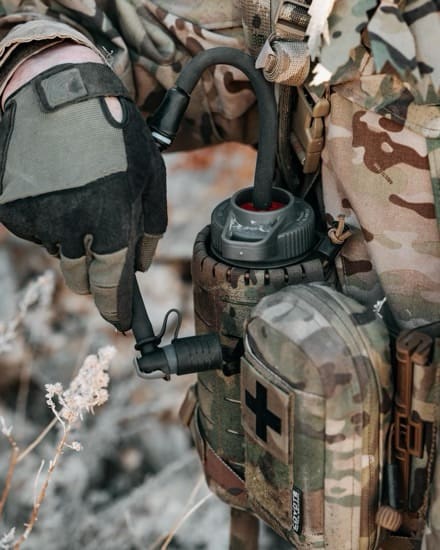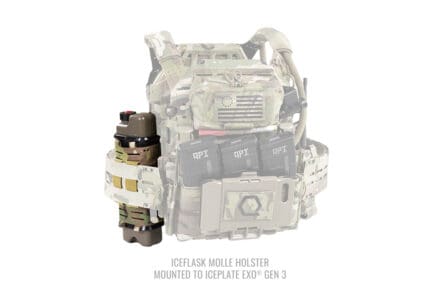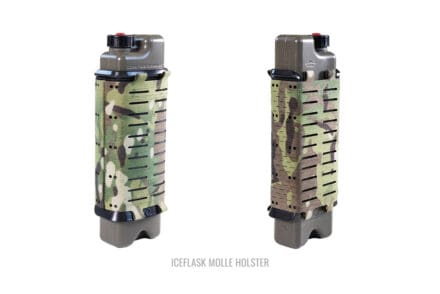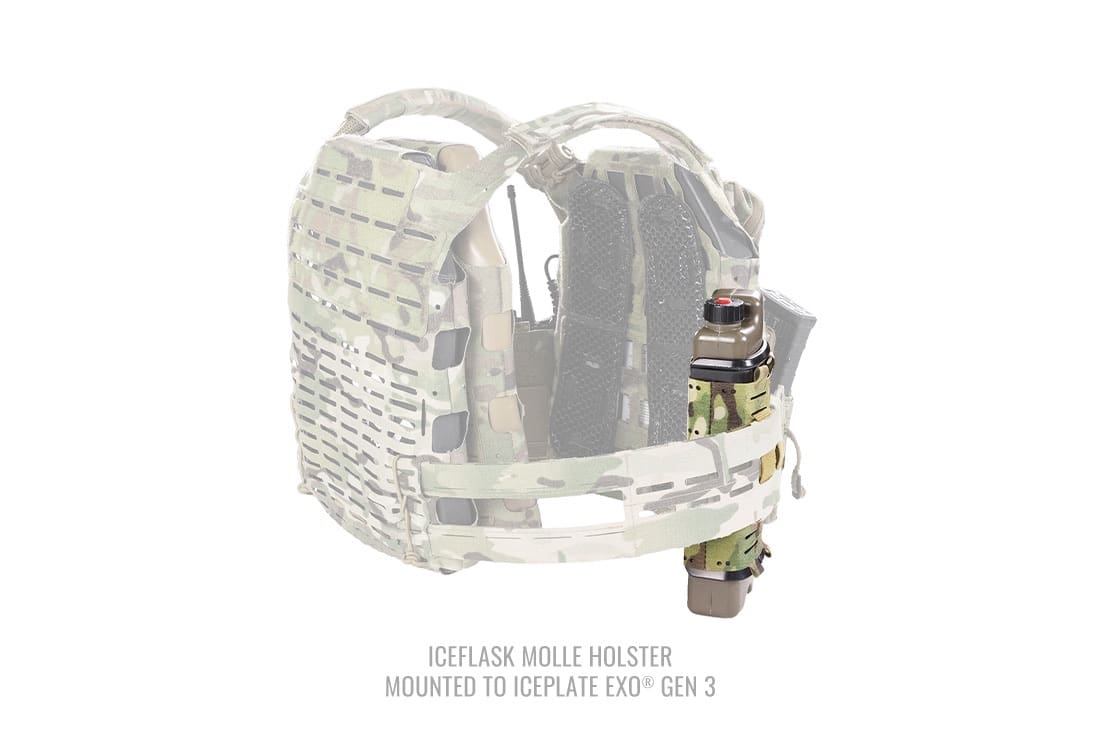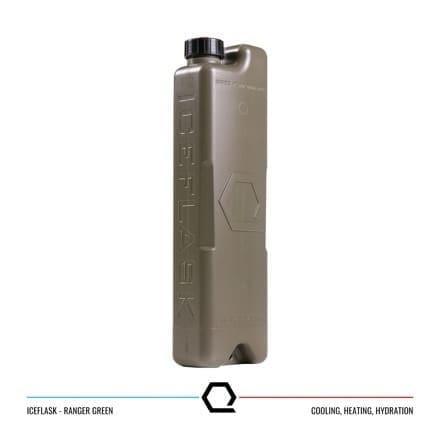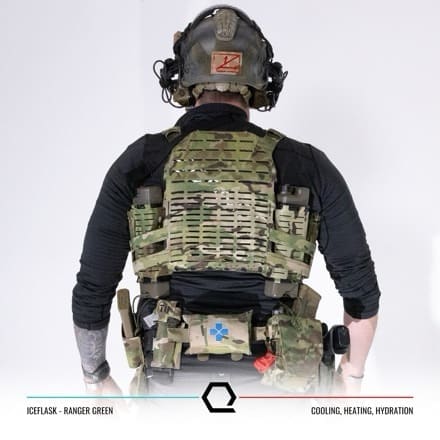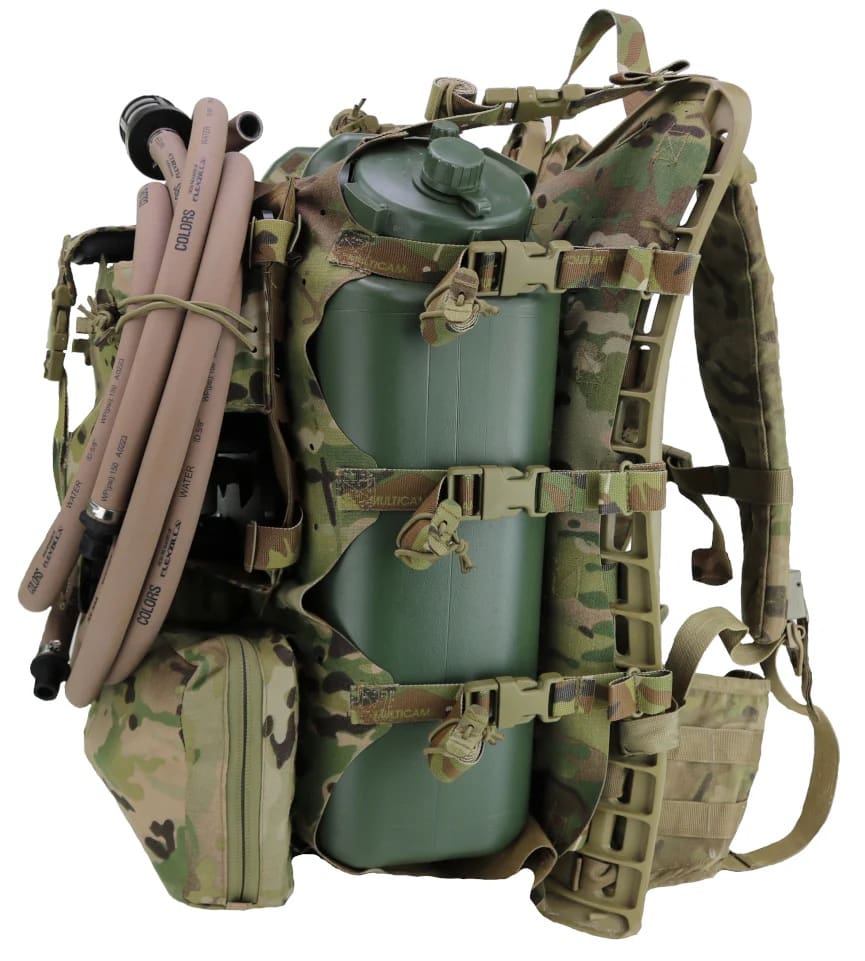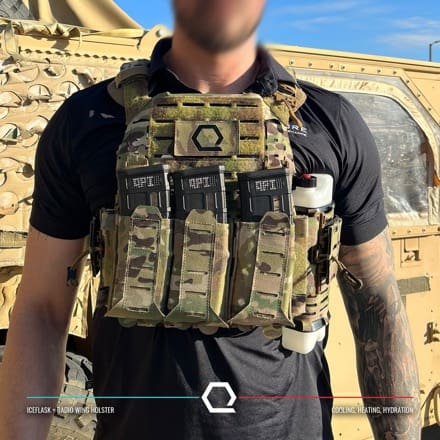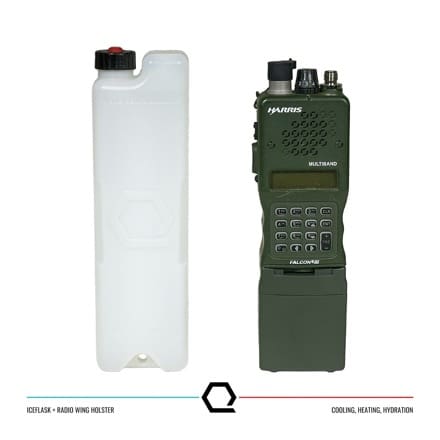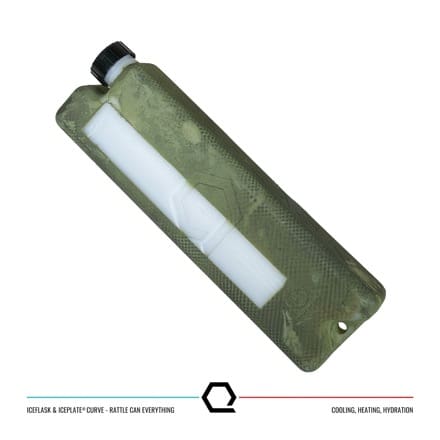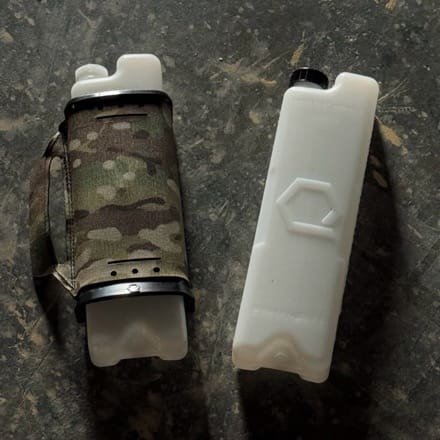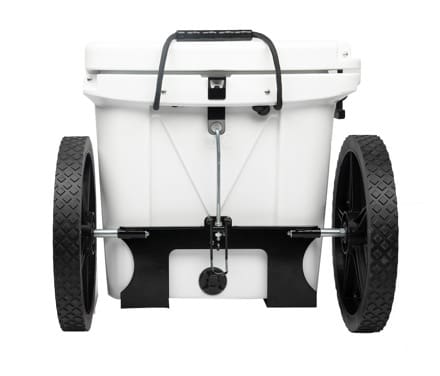
FORT DETRICK, Md. — “What if today were C-Day?”
This was the question Col. Marc Welde asked the group of logistics leaders gathered for a Commander’s Forum, hosted Nov. 18-21, 2024, at U.S. Army Medical Logistics Command headquarters at Fort Detrick.
C-Day refers to the unnamed day on which a deployment operation “commences” with troop and equipment movements, requiring lock-step logistical readiness.
Welde’s sobering question readied them for four days of discussion around current and future capabilities of medical logistics — from setting the theater to sustaining large-scale combat operations where supply chains are contested, communications lines are disrupted and air superiority is not a given.
“I know we have an amazing workforce, and I believe we are up to the challenge,” the AMLC commander said. “But make no mistake, this is a challenge.”
Maj. Gen. James D. Turinetti IV, commanding general of U.S. Army Communications-Electronics Command, AMLC’s higher headquarters, provided opening remarks to the forum, encouraging the group to maintain pace with the Army’s transformation efforts.

“I cannot overstate the tremendous efforts AMLC has taken to ensure we, as a command, are at the forefront of modernization, specifically with Medical Logistics in Campaigning,” Turinetti wrote to the CECOM workforce after attending the event. “Our team was lucky enough to recently witness firsthand the real-world importance of the [Medical Logistics in Campaigning] mission, as our visit to Europe was highlighted by the overall scale of the USAMMC-E mission as well as their impressive use of power dashboards for data-driven decisions.”
Forum attendees included leaders from AMLC’s direct reporting units, as well as headquarters primary and special staff. Leaders provided updates on Medical Logistics in Campaigning initiatives, which are the Army’s transformational effort to overhaul outdated processes and systems and integrate medical materiel management and maintenance into the sustainment enterprise.
Deeper discussions delved into resources, including funding and organizational structure. The teams discussed the command’s ongoing assessment of command and support relationships across its entire footprint to include external stakeholders, driving toward effectively providing MEDLOG mission support through competition, crisis and conflict.
AMLC’s direct reporting units, U.S. Army Medical Materiel Center-Europe and U.S. Army Medical Materiel Center-Korea — both of which serve as theater lead agents for medical materiel — provided briefs on their respective theater support. The U.S. Army Medical Materiel Agency, also a direct reporting unit to AMLC, highlighted the readiness of its medical Army Prepositioned Stocks and other contingency programs.

AMLC’s Integrated Logistics Support Center showcased emerging capabilities for data analytics and precision sustainment, as well as AMLC’s Logistics Assistance Program, charged with providing expert technical support to set and sustain operational medical capability for commanders through campaigning, competition, crisis and conflict.
Key events included a leadership professional development led by Maj. Gen. Paula Lodi, commanding general of U.S. Army Medical Research and Development Command. Lodi shared her experiences as commanding general of a theater medical command, specifically her sustainment lessons learned and opportunities for the MEDLOG enterprise.
AMLC Command Sgt. Maj. Gabriel Wright also led a professional development session on the role of non-commissioned officers and how commands can best use these capable leaders to increase readiness and unit cohesion.
“We are in a people business,” Wright said. “We don’t lead buildings. We lead people.”
To that point, the forum also featured a variety of team-building events, from physical training to dining events and smaller workgroups focused on campaign strategy. These events provided organic opportunities for the workforce to spend time together and build professional relationships.
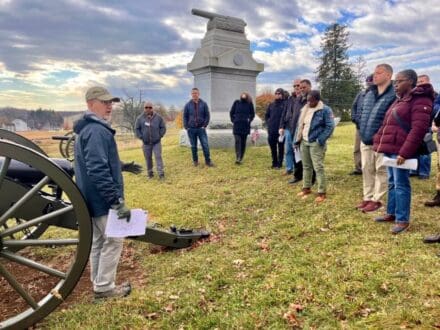
The final day of the forum included a battle staff ride to Gettysburg, Pennsylvania, led by U.S. Army War College Provost Dr. David Dworak. A certified “demonstrated master logistician,” author and historian, Dworak guided the group through several key battles and highlighted specific logistics challenges, including resource allocation, prioritization, supply chain issues and technology limitations in the early stages of conflict.
The Civil War served as a stark reminder of the cost of war, as more than 620,000 people died and an estimated 1.5 million people were injured.
“The real taxpayer of war is the Soldier because they pay for it with their life,” said USAMMC-E Commander Col. Chad Vermillion, as the group gathered near a barn converted into a make-shift hospital. “Who here thinks we are ever going to have enough resources?
“So, the real question is how do we communicate risk to senior leaders?”
By Ellen Crown
